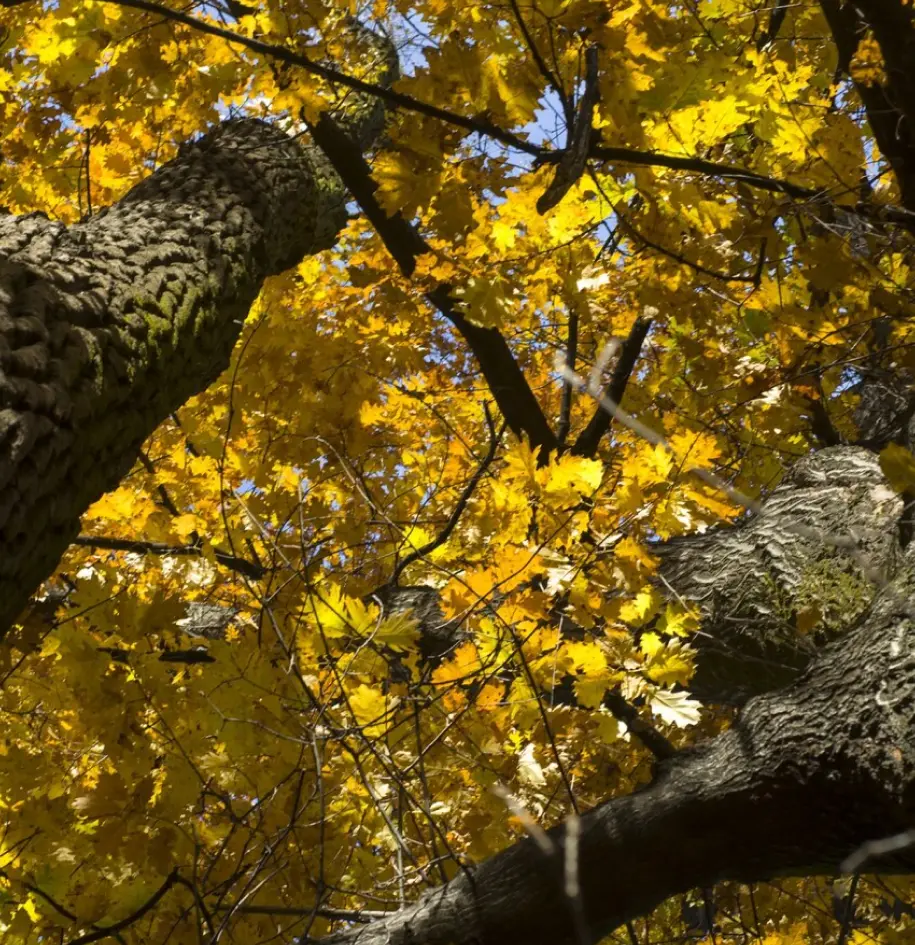Tree & Shrub Fertilization in Charlotte, Lake Norman & Asheville
Call To Meet With An Arborist
Your trees and shrubs are a valuable, growing investment in your property, and their care should start from the ground up. This means giving them good soil structure and nutrition, two integral cornerstones of a thriving outdoor space. When trees suffer from nutrient deficiencies, they become vulnerable to various problems, including tip dieback, insect infestations, and diseases.
To maintain tree health and resilience, consider tree and shrub fertilization services in both fall and spring as part of your annual property maintenance routine. At Heartwood Tree Care, we're masters at fostering robust tree and plant growth.
Reach out to our company, which has over four decades of experience, and let us give your trees and shrubs the essential nutrients they need to remain strong, stunning focal points of your yard. We've helped countless homes and commercial spaces over the years with their tree preservation, plant health care, and soil fertilization needs and we're eager to do the same for you.
Contact Us today to schedule an appointment! Also, check out more about who we are and hear from your friends and neighbors about their client experience with us.
Soil Care Services We Offer
Deep Root Fertilization
Deep root tree fertilization is the method we use to give the soil underneath your trees and shrubs the TLC it craves. It involves the use of slow-release nitrogen fertilizers injected directly into the root zone, allowing the soil to absorb nutrients most effectively. Our custom liquid fertilizer, “Arborplex,” is designed to meet the needs of our local soils and improve all-around soil health.
Arborplex provides the following three major plant nutrients to the soil:

Why Liquid Fertilizers Are Used Over Granular

Soil Decompaction
Vertical Mulching
Vertical mulching is an innovative technique designed to rejuvenate the root zones of trees, particularly those struggling with poor soil conditions or recovering from construction damage. This method addresses soil compaction and nutrient deficiency by creating a network of amendment-filled channels throughout the tree's root area.
The process begins by air-blasting holes into the soil surrounding the tree, effectively breaking up compacted layers. These newly formed cavities are then filled with a mixture of organic matter and soil amendments, creating pathways for air, water, and nutrients to reach the tree's root system more efficiently.
This approach is especially beneficial in areas plagued by poor drainage or heavily compacted soils as it creates lasting channels for moisture and nutrient penetration. By improving soil structure and increasing nutrient availability, vertical mulching stimulates fibrous root growth and enhances the tree's overall health. It's particularly effective for treating declining trees, prolonging the life of mature trees, and those near construction activities or other challenging environments.


Radial Trenching
Radial trenching is an advanced arboricultural technique used to alleviate soil compaction and enhance nutrient availability in the root zone of trees. This method involves creating spoke-like channels in the soil around the tree using air excavation tools. These channels are then filled with a mixture of amendments and organic matter to promote healthier root growth.
Unlike general soil decompaction, which typically involves breaking up compacted soil across a broader area, radial trenching targets specific pathways extending outward from the tree trunk. This focused approach encourages deep root growth along these channels, allowing roots to extend farther from the trunk and between structural root leaders.
Radial trenching also differs from vertical mulching, which involves creating numerous small, vertical holes throughout the root zone and filling them with amendments. While vertical mulching provides localized benefits, radial trenching creates continuous trenches that offer more extensive pathways for root expansion and nutrient distribution.
The radial trenching technique is particularly beneficial in areas with poor drainage or heavily compacted soils, as it provides long-lasting channels for water infiltration, gas exchange, and root growth.
Common Nutrient Deficiency Symptoms in Trees and Shrubs
Nutrient deficiencies can significantly impact the health and appearance of trees and shrubs, often manifesting through visible symptoms in leaves, stems, and overall plant growth. Here is a breakdown of the most typical indicators:
- Nitrogen Deficiency: Pale green to yellow leaves, stunted growth, and early leaf drop.
- Phosphorus Deficiency: Dark green or purplish foliage, delayed or stunted growth, and reduced flower and fruit production.
- Potassium Deficiency: Browning or yellowing leaf edges, weak stems, and increased frequent diseases.
- Calcium Deficiency: Distorted leaf shapes, new leaves appearing crinkled, and slow root development.
- Magnesium Deficiency: Interveinal chlorosis (yellowing between leaf veins), usually affecting older leaves first.
- Iron Deficiency: Yellowing between the veins on young leaves, with veins remaining green, particularly in new growth.
- Manganese Deficiency: Similar to iron deficiency with interveinal chlorosis on young leaves but often accompanied by dead spots on leaves.
- Zinc Deficiency: Smaller leaves, rosetted growth patterns, and yellowing between veins on older leaves.
- Copper Deficiency: Wilting tips of branches, with leaves potentially becoming dark and twisted.
- Boron Deficiency: Stunted leaf growth, brittle leaves, and death of the growing points on branches.
Being able to spot these signs and reaching out to Heartwood Tree Care arborists right away, allows for proper diagnoses and treatment. Here are some of the typical telltale signs that your tree and plant roots are in dire need of a boost.

Book a Fertilization Service Today & Watch Your Trees Flourish!
Boost the health and vibrancy of your lawn with our top-of-the-line tree and shrub fertilization services. Contact us today to schedule a consultation and give your outdoor space the nourishment it deserves. Your trees and shrubs will thank you with decades of beauty and strength.

43 Years in Business

496 EAB Trees Saved

12 Awards & Accreditations


